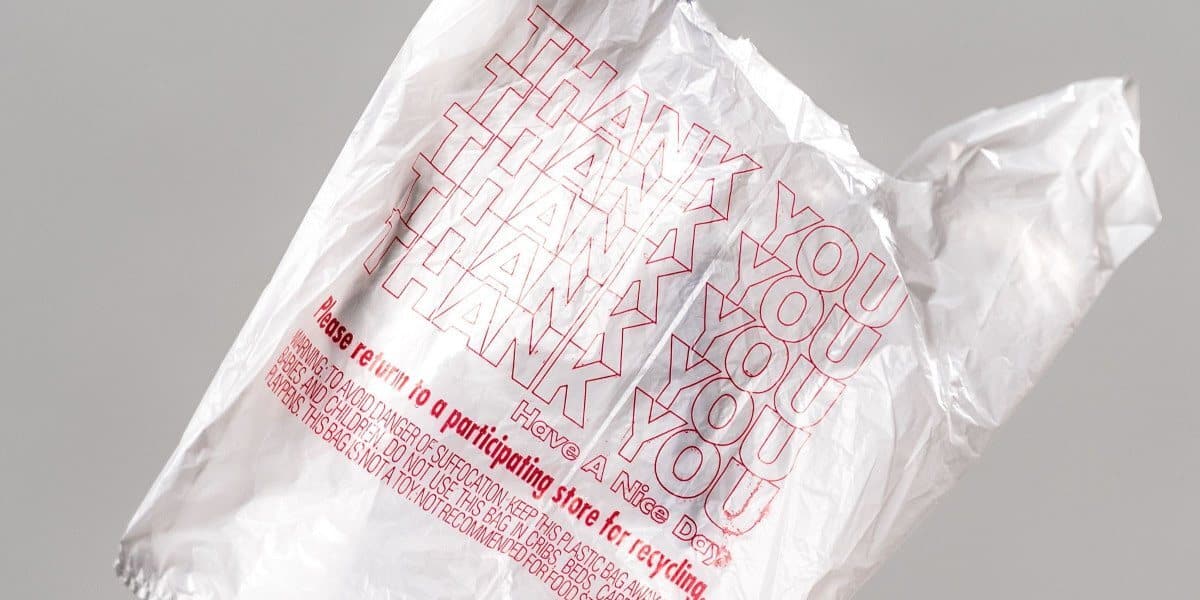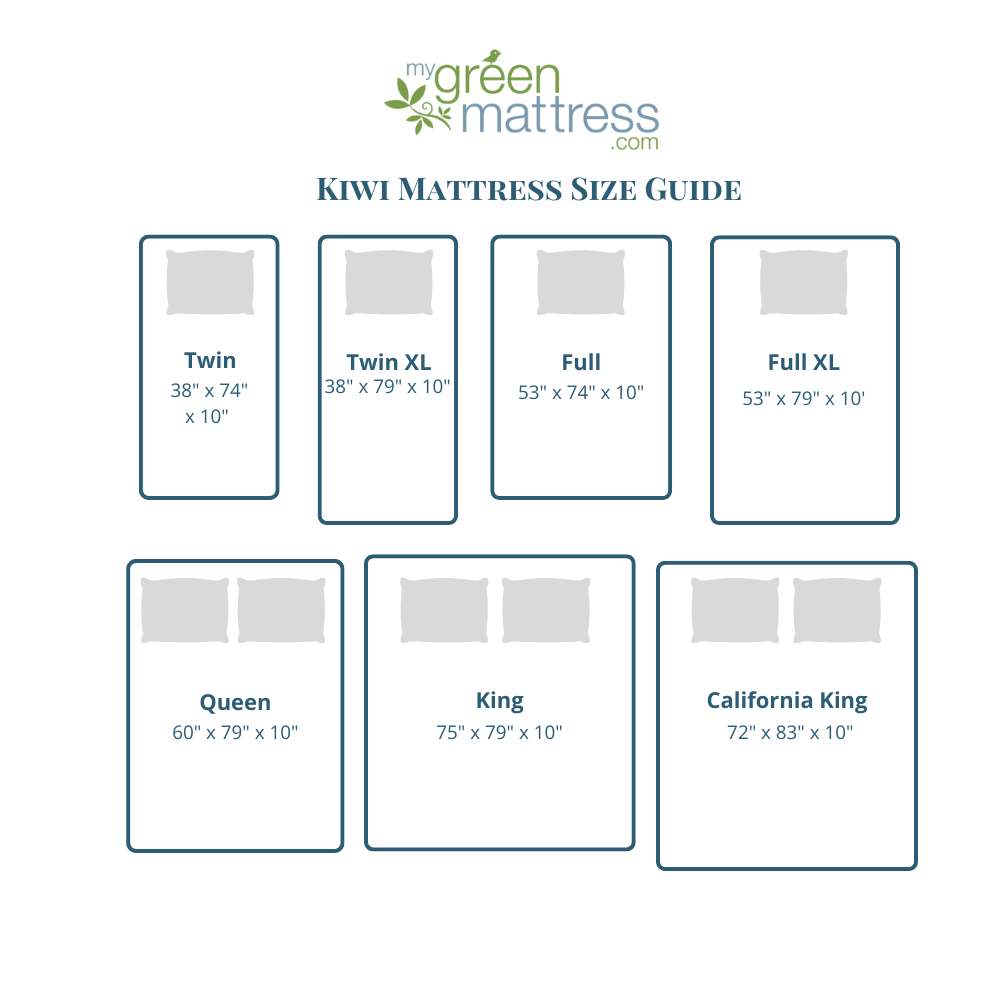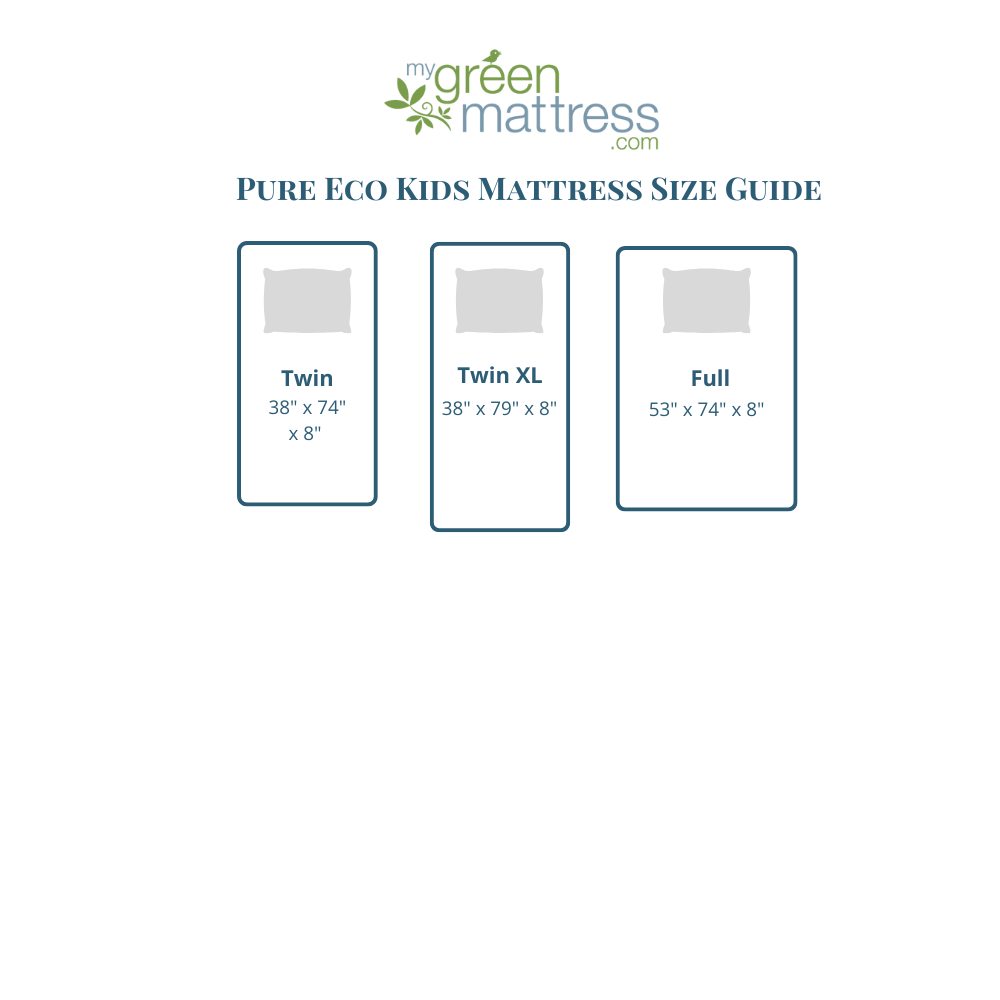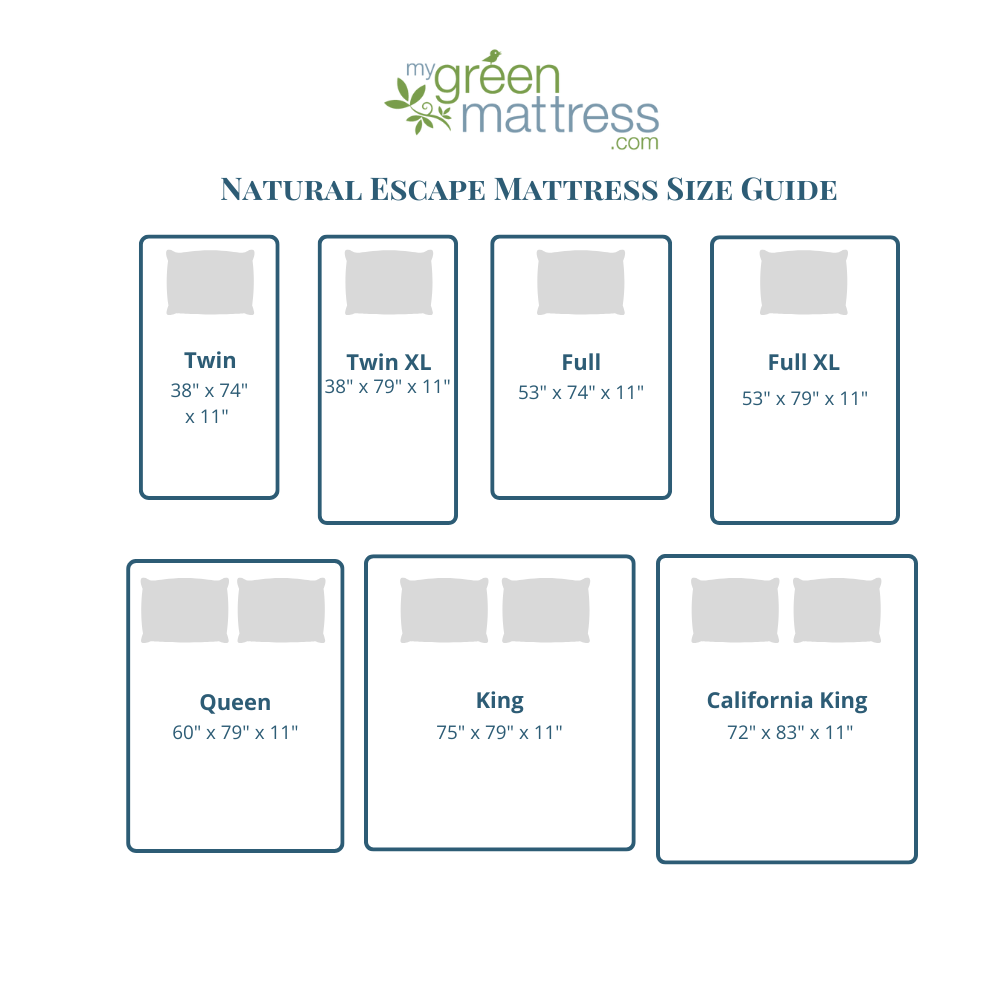With the ever-growing presence of plastic in one’s daily life, it can be difficult to know what to do to reduce plastic use. From grocery bags and water bottles to takeout containers and product packaging, you have to take intentional actions to minimize your reliance on it.
Thankfully, there are numerous ways to reduce your plastic consumption and place less of a burden on the environment. In this blog post, we’ll discuss six ways of how to reduce plastic use, the most common types of plastic used by consumers, how to reduce single-use plastic, how to reduce personal plastic use, and four of the best alternatives to plastic.
How to Reduce Plastic Use
Reducing plastic use can be as simple as making small, yet powerful changes to your lifestyle. The fastest way to reduce your plastic consumption is to buy fewer items with plastic packaging or disposable components.
If possible, eliminate such purchases altogether. The average plastic bag is used for 12 minutes but won’t break down in nature for 1,000 years. If you don’t buy them or need them, don’t use them. The actions involved in going paperless are similar to this, too.
Another method when learning how to reduce plastic use is to look for items made of sustainable materials, including glass, palm leaves, bamboo, steel, aluminum, and plant-based plastic. All of these materials are more durable than plastic and usually make for products with more appealing designs, too.
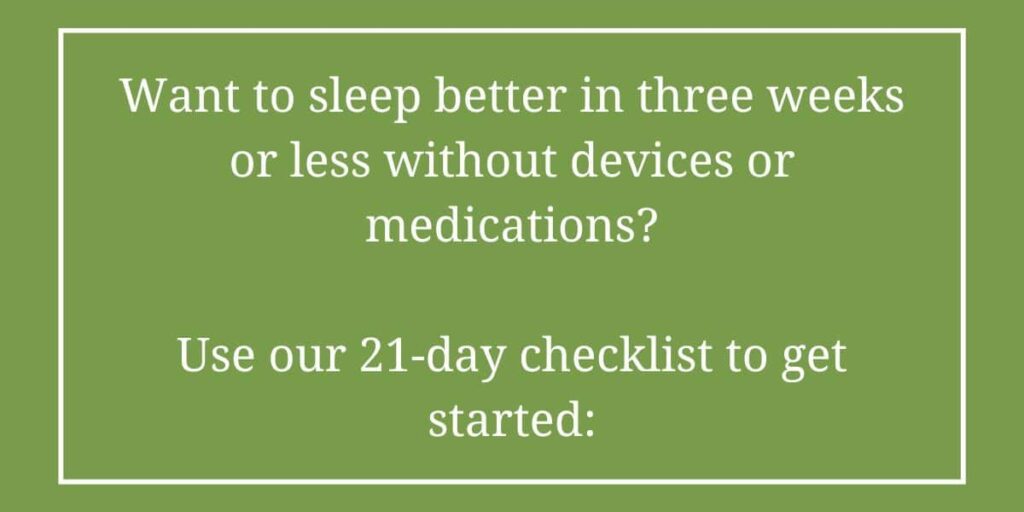
When you do need to buy plastic items, look for recycled variations. Recycled plastic is sometimes cheaper than virgin plastic and is better for the environment because it lowers the amount of new plastic being produced.
Also look for products that are intended to be reused or recycled, such as refillable or compostable containers. Marine life like whales, turtles, and dozens of fish species have safer environments when less plastic finds its way to the ocean.
Along with these tips, be mindful of how much plastic you’re disposing of each day. Instead, look for reusable alternatives like metal straws, cotton or canvas bags, glass cups, and ceramic dinnerware.
If you have a lot of plastic items already sitting at home and don’t want to throw them out, look for ways to get multiple uses out of them. For example, plastic food containers can be used for arts and crafts projects with your children or the storage of non-food items. By repurposing the items you already have, you’ll have more freedom from buying new plastic every month.
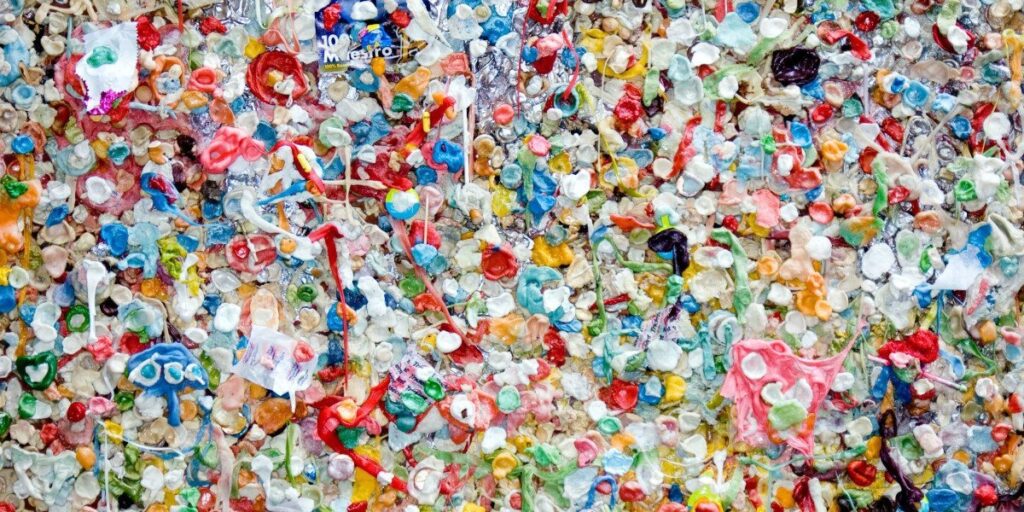
What are the Most Common Types of Plastic Used by Consumers?
The most common type of plastic used by many consumers is polyethylene terephthalate (PET) plastic, which is used to make food and drink containers, mouthwash bottles, and shampoo containers (to name a few). Polyethylene offers a high degree of durability, which makes it popular for multi-use products.
The biggest downside of PET plastic is that it’s not biodegradable and isn’t frequently recycled. While 100% of PET plastic can be recycled, only 28% of it is recycled in the US. This is due to various reasons, including the fact that food residue makes objects unrecyclable and objects must be sorted by type to be recyclable.
Polypropylene (PP) plastic is also used by many consumers and makes up food containers, plastic wrappers, and disposable cups. This type of plastic is generally considered safer than PET plastic, as it is less likely to leach harmful chemicals.
Polypropylene is also non-biodegradable but like PET, it’s highly recyclable. PP can be repurposed into bags, clothing, fabric, kitchen supplies, and industrial materials.
High-density polyethylene (HDPE) is another commonplace form of plastic and it’s used to make plastic bottles and containers. One HDPE product can be recycled up to 10 times but is also not biodegradable.
Finally, polyvinyl chloride plastic–where the widely known PVC acronym comes from–is used for drainage pipes, wire insulation, window frames, bags, shoes, and more. PVC is one of the least safe types of plastic, as it has both chemical additives and leaches toxins. While it’s not the cleanest type of plastic, it can be recycled up to seven times, with each reuse cycle prolonging its use by roughly 85 years.
How to Reduce Single-Use Plastic
Single-use plastic is one of the biggest sources of global plastic waste. These items–including straws, plastic bags, and disposable cups–are used once at home, restaurants, and bars, then thrown away.
Getting away from single-use plastic is easier than you may think. Here are the tips we recommend to reduce your reliance on these products:
- Don’t use them. If you’re dining in at a restaurant, simply forgo the straw. Plastic straws are almost always unnecessary unless you or someone you’re with can’t physically drink from a glass. If you’re ordering carryout, skip the plastic cutlery and use what you have at home.
- Reuse when possible. Most plastic cups, bags, and containers are considered single-use, but not if you challenge the narrative. That sandwich container you got from a restaurant tonight? Save it and put tomorrow night’s dinner leftovers in it. You don’t have to throw away every piece of plastic you come across. Remember to use soap with natural ingredients when washing it so you’re keeping your container(s) as clean as possible.
- Look for compostable and biodegradable alternatives. Stepping away from a product you’ve grown used to is easier when you have an Earth-friendly alternative. There are all kinds of bamboo straws, cardboard containers, and plant-based plastic cups you can use instead.
- Support businesses and restaurants that limit single-use plastic. Given how convenience-oriented our world is, it’s impossible to eliminate all plastic. That said, you can put your money where your mouth is by supporting businesses that make real efforts to reduce their reliance on plastic goods. You set an example for your loved ones and also show brands that you care about the environment.
If you absolutely must purchase single-use items, look for items that are made from recycled materials or are designed to be recycled. This provides the solution you need without demanding newly-created plastic.
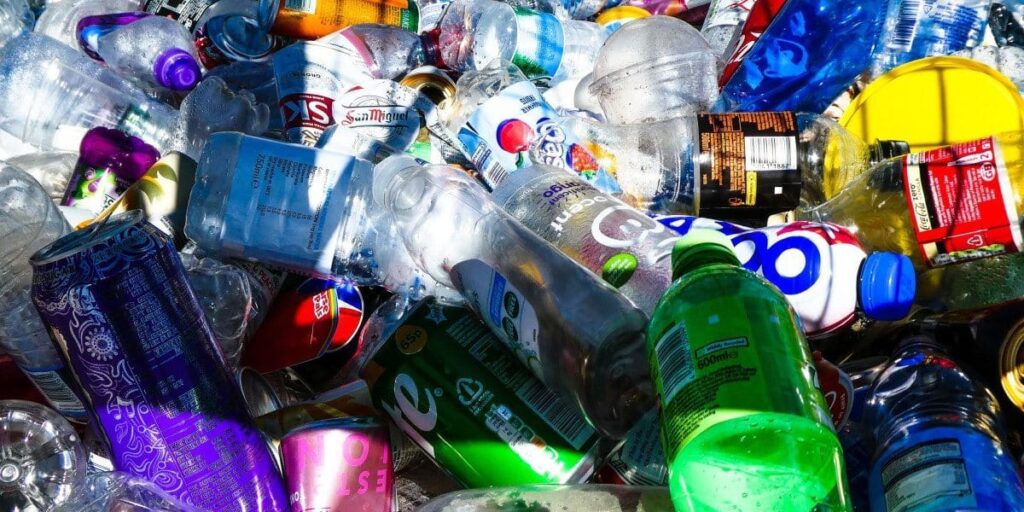
How to Reduce Personal Plastic Use
Reducing your personal plastic consumption is the most difficult but often the most impactful step of all. Most people don’t think much about their daily plastic use because they’re often in a mindset of “I’m just one person.”
While that is true, millions of individuals using plastic every day adds up to literal tons of plastic. Mitigating the constant and global plastic turnover through your own actions leads to a cleaner home for your loved ones and a cleaner Earth for everyone.
Here are some of the most effective ways to reduce your personal plastic use:
- Find items at home that can be repurposed. Upcycling and repurposing products is one of the best ways to reduce long-term plastic use. The plastic coffee cup you got can be turned into a pen holder for your desk, and the plastic bags from the grocery store can be used as trash bags. All kinds of items can gain a second, third, or fourth life with a little ingenuity.
- Buy reusable and recyclable materials instead. Your net weekly, monthly, and annual waste plummets when you focus on sustainable products. Whenever you need something new, think about where you can buy a reusable version.
- Examine your lifestyle habits. Take time to think about the plastic goods you’re buying and whether or not you need them. Are you buying plastic cups to avoid running the dishwasher, or plastic cutlery to have guests over more often? While plastic does make day-to-day moments more convenient, it rarely makes a life cleaner or more simplistic. Personal plastic use reduction is related to minimalism and can help you lead a more grounded, purposeful lifestyle.
Best Alternatives to Plastic
There are many alternatives to plastic that are more sustainable in the short term and more cost-effective in the long run. Bamboo is a great place to start, as it’s extremely renewable, biodegradable, and reduces water use by up to 96% compared to plastic (Boonboo). It can be used to make reusable straws, cutlery, and even clothing.
Glass is another wonderful alternative to plastic as it doesn’t leach toxins, is infinitely recyclable, and is often more durable than plastic. Glass is used to make water bottles, drinkware, food containers, and tableware.
Cotton is another good plastic alternative. It’s lightweight, biodegradable, generally inexpensive, and easily repurposable. It’s often used to make reusable bags, clothing, tents, napkins, and other fabrics.
Metal is yet a great alternative to plastic, as it offers superior durability, easy cleaning, and hundreds of applications. It can be used to make items like reusable water bottles, cookware, straws, cutlery, and storage containers.
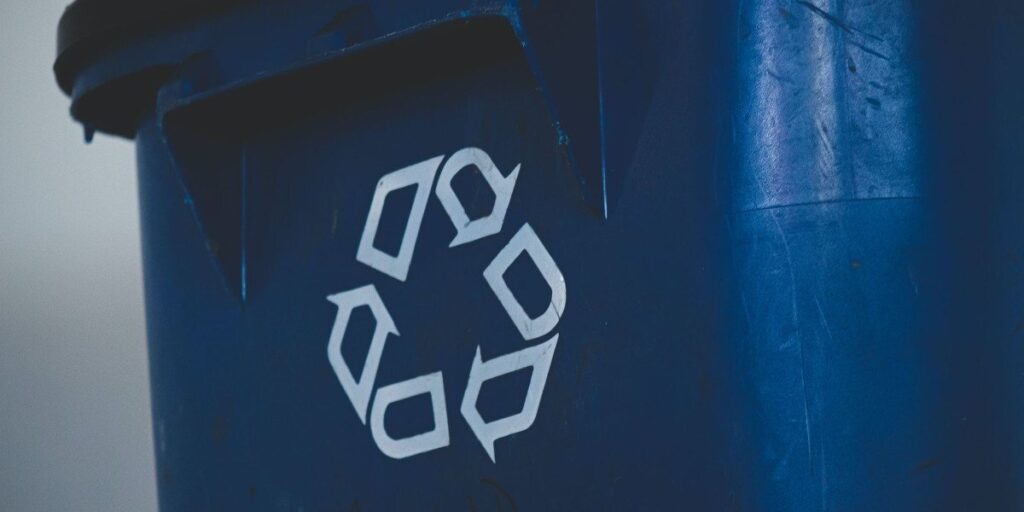
Frequently Asked Questions Limiting One’s Plastic Use
Personal environmental education and eco-friendly lifestyle changes bring about major changes in perspective, especially the deeper you go. The more there is to read, the more questions there are.
We looked at the most commonly asked questions about reducing plastic use and compiled them with our answers below. Check them out now:
What are 10 Ways to Reduce Plastic?
Here are 10 easy ways you can reduce your use of plastic:
- Cook at home more often
- Don’t buy bottled water
- Purchase items in bulk
- Buy products at thrift stores and flea markets
- Choose biodegradable product versions
- Eat your entire meal at restaurants
- Grow vegetables in a home garden
- Reuse plastic goods already in your home
- Upcycle plastic goods into new ones
- Recycle everything you can
What are Five Ways to Reuse Plastic?
If you’re looking for great ways to reuse plastic, here are five of them:
- Use an old takeout container to collect spare change
- Put your office supplies in a plastic container
- Reuse plastic shopping bags as can liners or dog poop bags
- Cut off the tops of large soda bottles and turn them into plant pots
- Turn your old laundry detergent bottles in to a beach bucket
Why Is It Difficult to Recycle Plastic?
The biggest reason some plastics are difficult or impossible to recycle is because multiple plastic types are often combined in manufacturing plants. Without insight into which plastics were used, attempting to recycle a type of plastic can lead to entirely unintended results.
Another perfect way to reduce your reliance on plastic goods is buying a certified organic mattress from My Green Mattress. We’re proud of the fact that our mattresses and sleep accessories are as materially clean and efficient as possible.
Check out our mattresses now and grab an organic latex pillow or topper while you’re at it! Have any questions? Our helpful customer support team is just one call or message away.


